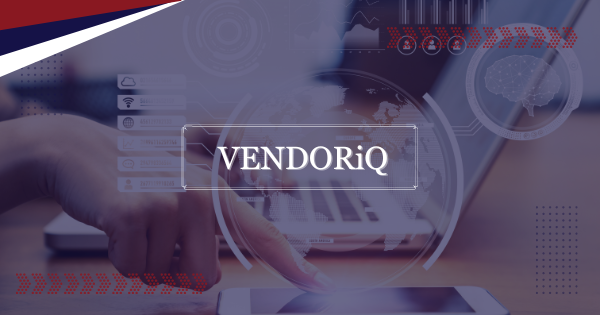
AI as the Engine of the Innovation Economy: Part 3 – Navigating the AI Talent Trap
Firms face an AI talent trap; they must develop new skills and hire to stay competitive in the innovation economy.

Firms face an AI talent trap; they must develop new skills and hire to stay competitive in the innovation economy.

AI is being progressively adopted in Human Resources functions, with or without organisational awareness. CIOs need to partner with their HR peers to ensure a disciplined approach to solution selection, implementation, and oversight.

Google’s new AI tool, nano-banana, is a major step towards integrating generative AI directly into creative workflows, automating repetitive tasks and redefining productivity.

An ‘AI arms race’ in education is underway as Turnitin introduces AI humaniser detection. This highlights the need for pedagogical reform, not just technological solutions.

Inception’s updates to Mercury models, including a larger context window, tool calling, and data privacy controls, make them a viable enterprise-grade alternative.

Google’s new sovereign AI capability in Australia, with Gemini 2.5 Flash processing locally, addresses data residency concerns for regulated industries, strengthening GCP’s market position.

Benchmarking AI with strategic games offers a transparent, dynamic assessment of reasoning and adaptability beyond static, traditional tests.

Robust AI governance is a strategic necessity to navigate new risks, ensure compliance, and build stakeholder trust in an AI-driven landscape.

Successful AI integration demands a new mindset and strategic five-stage approach, moving from experimentation to pervasive innovation for sustained competitive advantage.